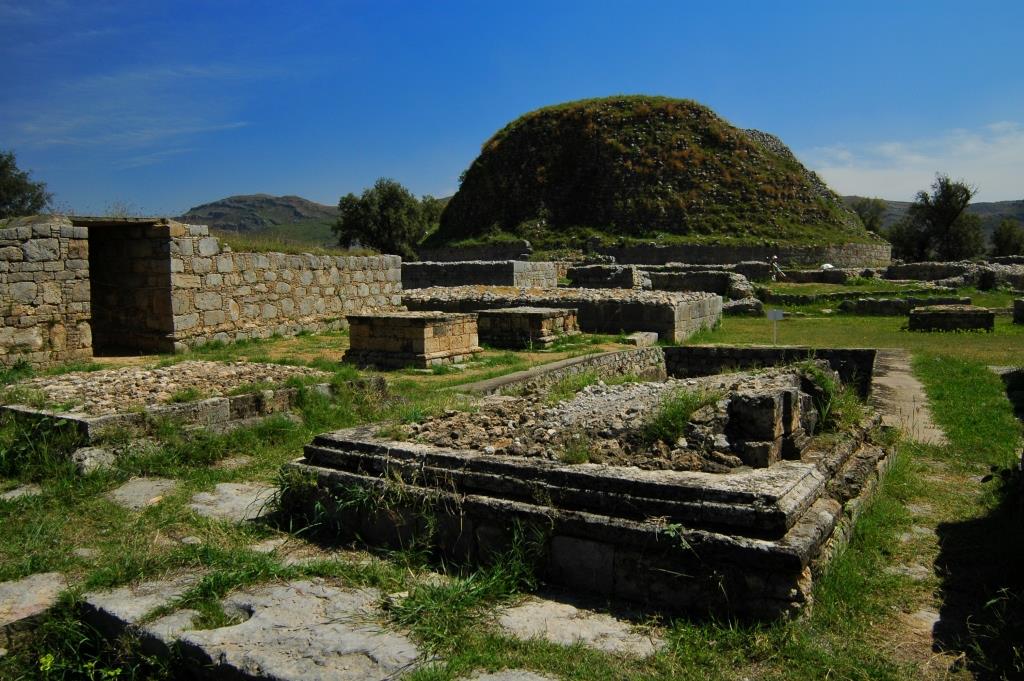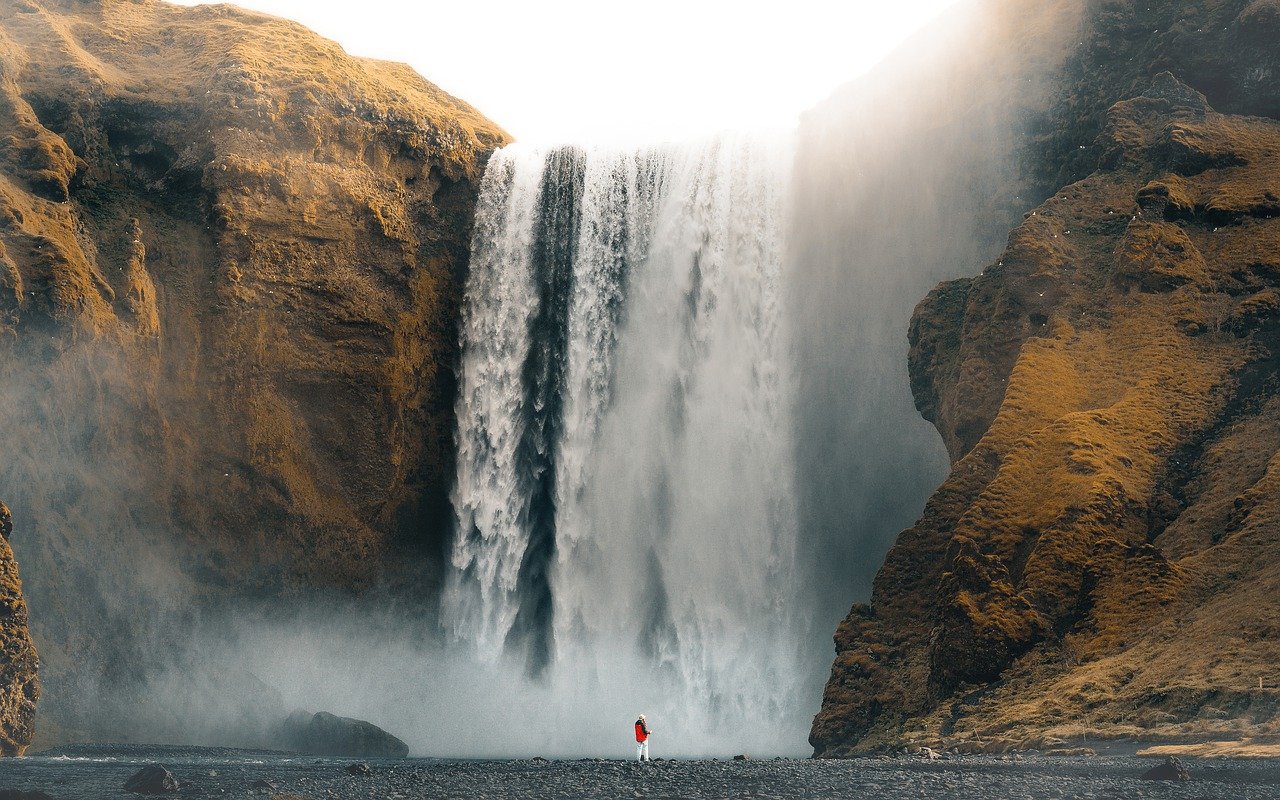Things to Do on the Philippine Island of Camiguin: With seven volcanoes in its 90 square miles, the Philippine island of Camiguin is said to be “born of fire” by locals. But these simmering volcanoes have struck a surprising reversal for visitors: Millennia of volcanic eruptions have fertilized the island’s soil, creating lush forests for nature lovers. Complex chemical reactions affect the Camigin’s water table, providing hot, cold and fizzy springs for swimmers to enjoy.
The blissful distance from Manila makes Camiguin a truly idyllic island getaway, a hidden retreat cherished by few who knew it. Read on, and find out what you can expect after taking a flight or ferry ride to Camigin.
Top 10 Things to Do on the Philippine Island of Camiguin
- Hike Up a Sleeping Volcano
Spanning 5,500 acres, the Timpong-Hibok-Hibok Natural Monument is an ASEAN heritage park that includes both Mount Timpong, Camiguin’s highest mountain at 5,300 feet, and Mount Hibok-Hibok, a dormant stratovolcano with an elevation of 4,300 feet.
Dive deep into the untamed wilderness of Hibok-Hibok by climbing the Natural Reserve’s Itam Hiking Trail, which takes three to four hours to complete. It starts at Sitio Itam and ends at the summit of the volcano, where you can take in panoramic views of the island and the sea. To book the climb, visit Camiguin Tourism’s Facebook page.
- Swim at Katibawasan Falls
Of the three major waterfalls in Camiguin, Katibavasan Falls is the most spectacular to behold. It drops 250 feet into a relatively shallow pool, but behind it, the moving Mount Hibok-Hibok casts a long shadow! In the rainy season, giant ferns, orchids, and tall trees turn the springs into a green wonder, while in the summer months, the cool waters are a great escape from the heat. Katibawasan Falls is also the trailhead for a hiking path that snakes up Mount Timpong.
hire a motorcycle taxi (hubble-hubble) or rent your own scooter to get to the site; There is an entry fee of 50 pesos (approximately $1).
- Sun Yourself on a Beach or Sandbar
Sun and sand can be found in abundance around Camiguin, but the best beach experiences can be found just off-island.
White Island is a sandbar off the northwest coast of Camiguin, where you can swim in the crystal-clear waters and enjoy the brilliant-white sands. Avoid coming here during high afternoon (there are no shadows to speak of) and high tide (when the island disappears beneath the waves).
Mantigue Island is barely 10 acres large, but its wildness is a sight to behold. Snorkel or scuba dive in its waters, and come face to face with a wide variety of sea turtles and fish. You can also hike the island’s mini-forest trail to escape the sun. When you’re hungry, take a break at a local eatery and eat fresh seafood and rice.
Kabila Beach in Barangay Canton produces a surprise for snorkelers: giant clams among live corals in the shallows!
- Take a Dip in a Hot (or Cold) Spring
Due to Camiguin’s topography and seismic activity, the island’s waterfalls offer wildly different experiences from place to place. Start at Ardent Hot Springs: This series of pools draw warm water from deep inside Mount Hibok-Hibok, with temperatures reaching up to 93 F (34 C). At the opposite extreme, cold water from Mount Mambajao feeds the Santo Nio Cold Spring in Catarman; Its 68 F (20 C) temperatures aren’t quite that cold but are a wonderful respite from the summer sun nonetheless.
Finally, the bad soda water swimming pool at Catamans contains naturally carbonated spring water; You can either take a swim in the pool or head to the nearby drinking fountain to taste the soda water for yourself!
- See Camiguin From the Air
View Mount Hibok-Hibok, White Island, and Sunken Cemetery from high up in the air; Camiguin Aviation offers flight packages that show a different side of the island. Their two-seater Super Decathlon 8KCAB light plane moves efficiently between their hangars near Camiguin Airport and many of the destinations on this list. If you have the stomach for it, the pilot will happily do some aerobatics to spice up the flight!
Flights start at 16,000 pesos ($330) for a one-hour sightseeing tour; Aerobatic training flights can also be arranged.
- Explore Guiob’s Church Ruins
The Spanish colonial presence in Camiguin was no match for nature’s wrath. When Mount Vulcan blew off its top in 1871, the resulting cataclysm destroyed the old Cotta Bato settlement. The ruins of the Catamaran Church of Cotta Bato (also known as the old Guobe ruins) still stand on a tree-shaded site off the Camiguin Circumferential Road, a 30-minute drive from downtown Mambajao.
The coral walls of the Catamaran Church, along with the remains of a convent and bell tower, are all that remain. A cross standing on the lawn next to the ruins is the only indication of the church’s former use.
- Pay Your Respects at the Sunken Cemetery
The same disaster of 1871 that destroyed the catamaran church, drowned the catamaran’s cemetery and a good part of the Cotta Bato. About 70-plus acres of land simply went underwater, now barely detectable only in aerial photographs.
Built-in 1982, the cross commemorating the sunken cemetery stands over 300 feet of water at sea. It is the symbol of the Camiguin, and can be seen on T-shirts and keychains sold in local souvenir shops. You can go to the cross by tourist boat, or arrange a diving expedition to see the last traces of the cemetery underwater: slowly destroying the tomb surrounded by corals and giant clams.
- Eat the Local “Lanzones” Fruit
Similar to lychees, the island’s favorite fruit contains many seeds surrounded by translucent white flesh. Camiguin’s lanzones are sweeter than those found elsewhere in Southeast Asia; It is very locally cherished, it has a Filipino festival of its own, celebrated in the third week of October. Farmers attribute the superior flavor of the local lanzon to the island’s volcanic soil. In fact, most Lanzon plantations can be found in the shadow of Camiguin’s volcanoes, with approximately 5,000 acres devoted to their cultivation.
Lanzones are a seasonal fruit, which is harvested and eaten between September and November. Travel during these months, and try this fruit at its freshest and most abundant.
- Go Scuba Diving in the Seas around Camiguin
Camiguin’s favorite spot on the Bohol Sea gives divers plenty to see and do. And you don’t need to go far from the island’s main city of Mambajao to find the job you’re looking for. You’ll find pelagic fish around the Black Forest reef, giant clams in sunken graveyards, and amazing underwater volcanic formations at the Old Volcano dive site.
In addition, you’ll find a variety of experiences from wall dives at Jiggdup Shoal to Mantigue Island’s riot of marine life—schooling reef fish, sea turtles, and barracuda.
Expect good visibility at most Camiguin dive sites, especially during the Philippines’ dry season between November and April. The island’s dive providers can rent equipment and take you to each dive site for a surprisingly affordable price.
- Ride a Motorbike Off-the-Beaten Path
Getting around in Camiguin is almost too easy. Vans, jeeps, and Motorella tricycles are available for group travelers, while Hubble-Hubble motorcycle taxis are great for those traveling alone. But if you want to ride on your own, consider renting a motorcycle, which frees you from the tyranny of package tours and lets you create your own itinerary on the fly.
Most of the island’s attractions are easily accessible by motorbike, either on or close to the 40-mile perimeter road that encircles the island. Beyond effortless access to attractions, you’ll enjoy enjoying the majestic views and the fresh sea breezes as you motor across the street.
Expect to pay around 400 to 600 pesos ($8.30 to 12.50) to rent a motorcycle; Fares can be found all around the city of Mambajao.
Similar Articles









